Lake. Sea. Tiberias. Genesserat. Kinneret. Galilee.
Sea of Galilee
The Sea of Galilee is also known as Lake Tiberias and Lake Genesserat and Lake Kinneret (and other names, too!) The Bible makes so much more sense when you start to realize they’re all talking about the same place. The Jordan River feeds into and empties out of this lake. It is a freshwater lake, but has a degree of salinity that is worsening each year. It is bordered on the east by the Golan Heights and on the west by the cities of Magdala and Tiberias and splits the Jordan Rift Valley (subject to quakes, volcanoes and the like). Up northish is Capernaum and Bethsaida. To the south is where the Jordan River flows out and down to the Dead Sea. It is the second lowest lake in the world. This area was one of my favorite places on my trip.
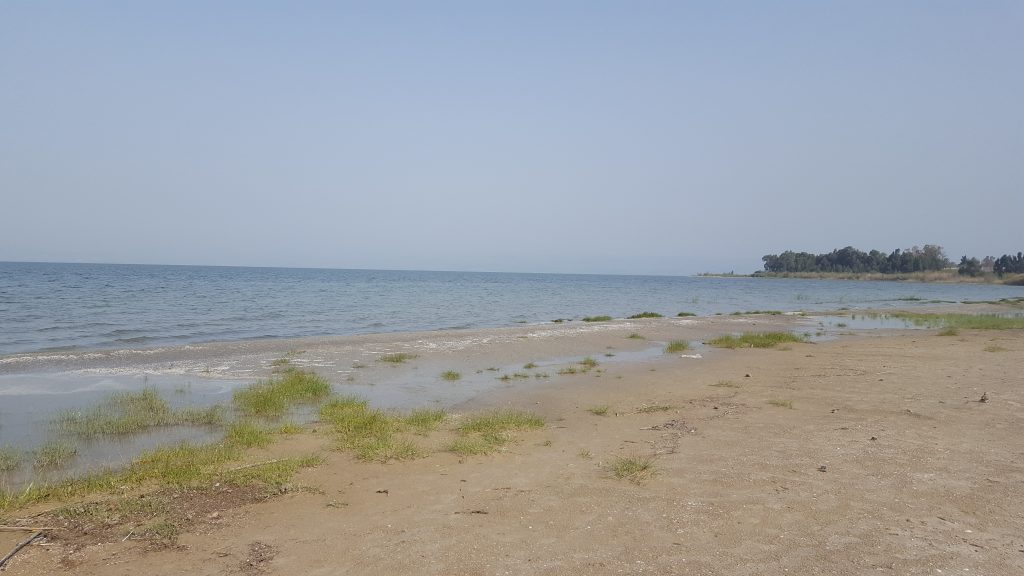
After our first full day of traveling around Northern Israel, we went to the Ein Gev Resort which is on eastern side of the Sea of Galilee. We stayed there four days in what’s called a kibbutz. A kibbutz is a communal settlement, usually based around agriculture. These were started in the early to mid 1900s and still are around today. The little cabins at the settlement were just perfect. We were just a short walk from the beach at the Sea of Galilee, and I spent a significant amount of time pondering on those shores. On Sunday morning, we had permission from the branch president in Tiberias to have our own little Sacrament meeting. Can you imagine renewing your covenants on the shores of the Sea of Galilee? Coolness factor: 100.
It’s a little confusing to celebrate the Sabbath in Israel since the Muslim Holy Day is Friday, the Jews celebrate on Saturday (as do the Mormons at the BYU Jersualem Center) and the Christians on Sunday. So it all got confusing, but the whole trip was kind of like the best Sunday School class ever, so…it all worked out.
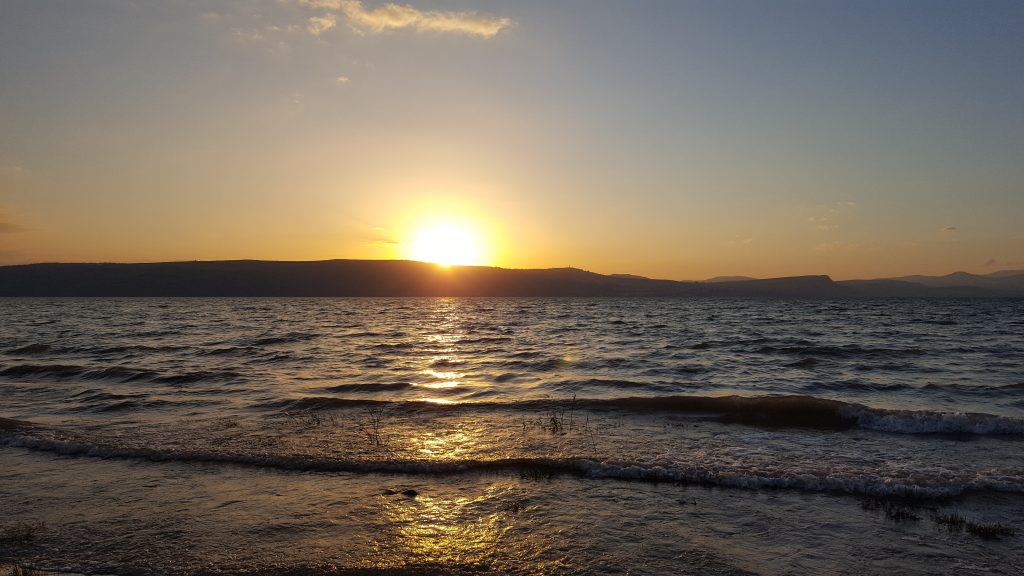
Kursi/Gergesa
This is a site on the northeastern shores of the Sea of Galilee. The ruins here are from a Byzantine church that was built to remember a miracle Christ performed in this area.
Luke 8: 22, 26-39
Christ asks His disciples to go to the “other side of the lake.” This area, near Kursi, would have been considered the “other side”. It is just below the Golan Heights, and close to where the Decapolis also would have been–the ten Roman cities on the Eastern side of the Roman empire. And the limestone cliffs have many tombs, such as referred to in these scriptures.
“And they arrived at the country of the Gadarenes, which is over against Galilee. And when he went forth to land, there met him out of the city a certain man, which had devils long time, and ware no clothes, neither abode in any house, but in the tombs. When he saw Jesus, he cried out, and fell down before him…And Jesus asked him, saying, What is thy name? And he said Legion: because many devils were entered into him…and they besought him that he would suffer them to enter into them. And he suffered them…and the herd ran violently down a steep place into the lake.”
Those who were with Jesus then came to Him and found the man “out of whom the devils had departed, sitting at the feet of Jesus, clothed, and in his right mind.”
The man asked to stay with Christ, but Jesus sent Him and said, “Return to thine own house, and shew how great things God hath done unto thee.” And the man published it abroad.
In many other scriptures when Christ heals someone, He says “tell no man”. Here, he asks the man to publish it abroad. He was most likely a Gentile being from that part of the country and would likely have returned to the Gadarenes and spread this abroad to the Gentiles. Perhaps this was the Savior’s way of paving the way for faith in Christ to be among the people when the gospel began being preached to the Gentiles.

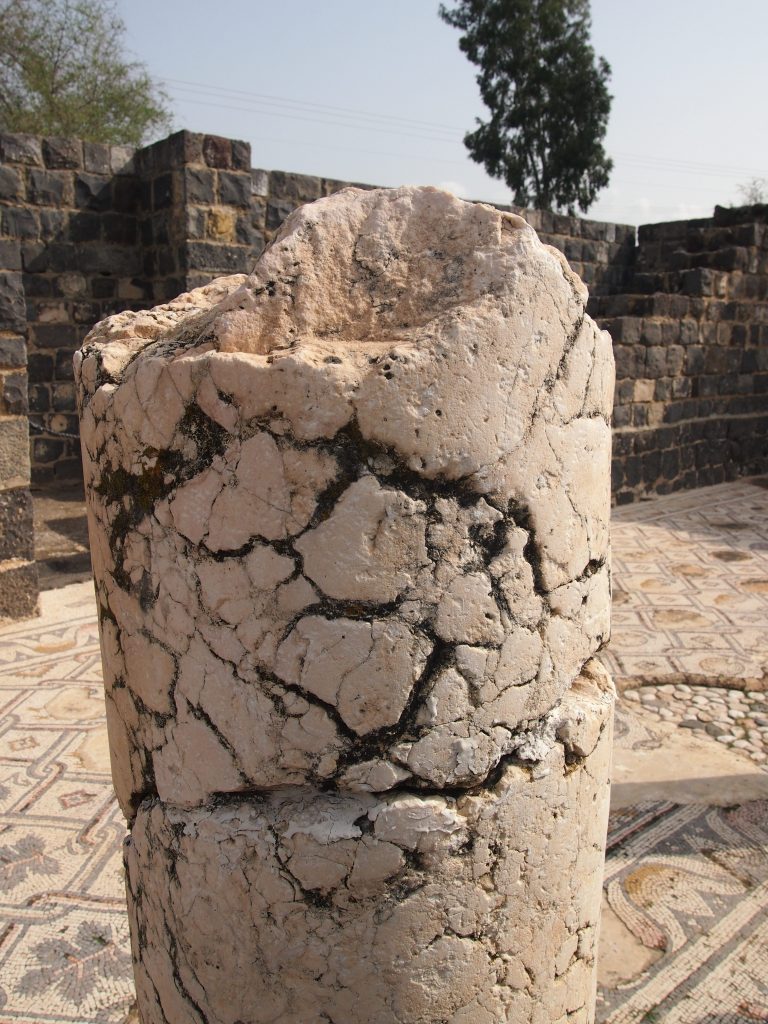
Tel Dan Nature Reserve
The Tel Dan Nature Reserve is an amazingly beautiful place in Northern Israel. It is filled with brooks, trees, flowers, and has a peaceful walking path throughout some of the old ruins of Ancient Dan. The Dan River flows from springs from Mt. Hermon and until 1967 (Six Day War) was the only source of water flowing into the Jordan in modern Israeli hands.
The ruins of ancient Dan have also been uncovered here.
Judges 18
“In those days the tribe of the Danites sought them an inheritance to dwell in; for unto that day all their inheritance had not fallen unto them among the tribes of Israel.” Five men were sent to scout out a location for them to live. They came to Laish and found a peaceful, quiet people who lived on an excellent piece of land. Since taking over land in that day was all about killing everyone (I guess it still is, unfortunately), they smote them and took over the land “and they called the name of the city Dan.” And what did they immediately do? Set up a graven image. I’m not sure sure about these children of Israel sometimes…
This is also the place where we learn of Jeroboam and Rehoboam (Solomon’s son). After Solomon’s death, the kingdom had been split into Judah and Israel. Jeroboam (Israel) disputed the rule of Rehoboam (Judah) and they fought and were pretty bad guys. Jeroboam wanted to build two temples (likely to rival Solomon’s Temple in Jerusalem) and sent two golden calves “one in Beth-el, and the other he put in Dan.” Why is it always a golden calf? Having spent some time in Egypt, they may have become used to sacred bulls, as Apis was a sacred bull worshipped in that region. At any rate, both of these kings led their kingdoms into idolatry. Over and over again…the children
I’ve read and learned about the story of Jeroboam and Rehoboam many times, but I’ve never really understood it all until now. I’ll say it once, and I’ll say it again: knowing the geography and envisioning a place makes it so much easier to piece things together. I’m suddenly actually liking some of the Old Testament stories that I never quite understood before.
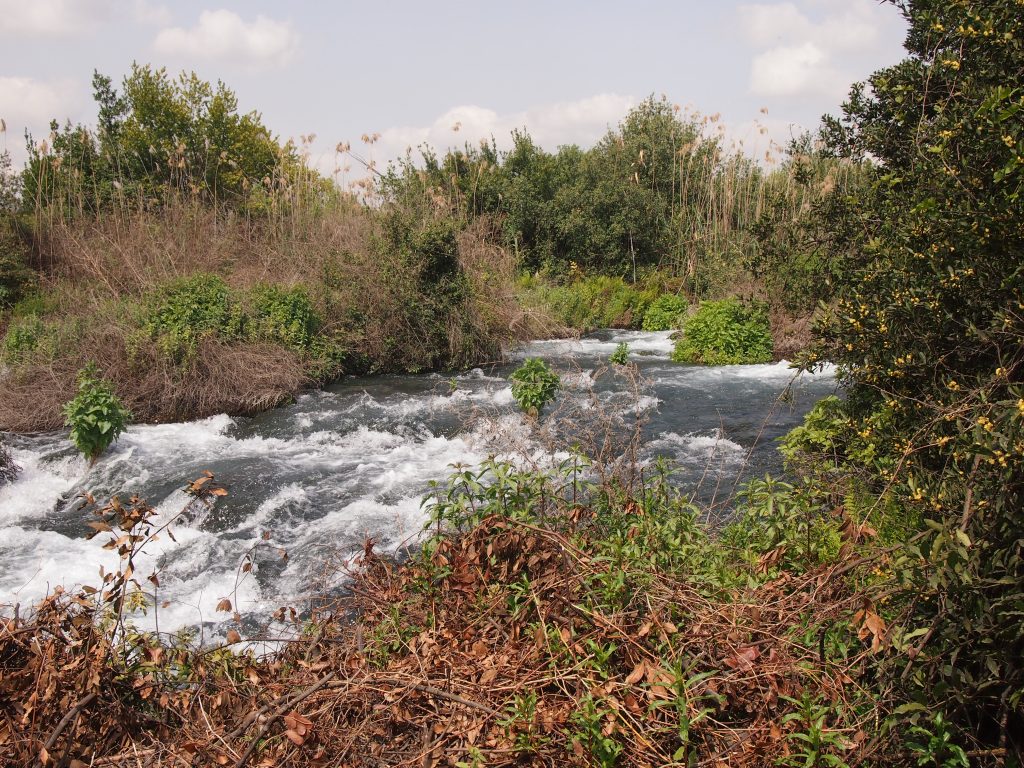
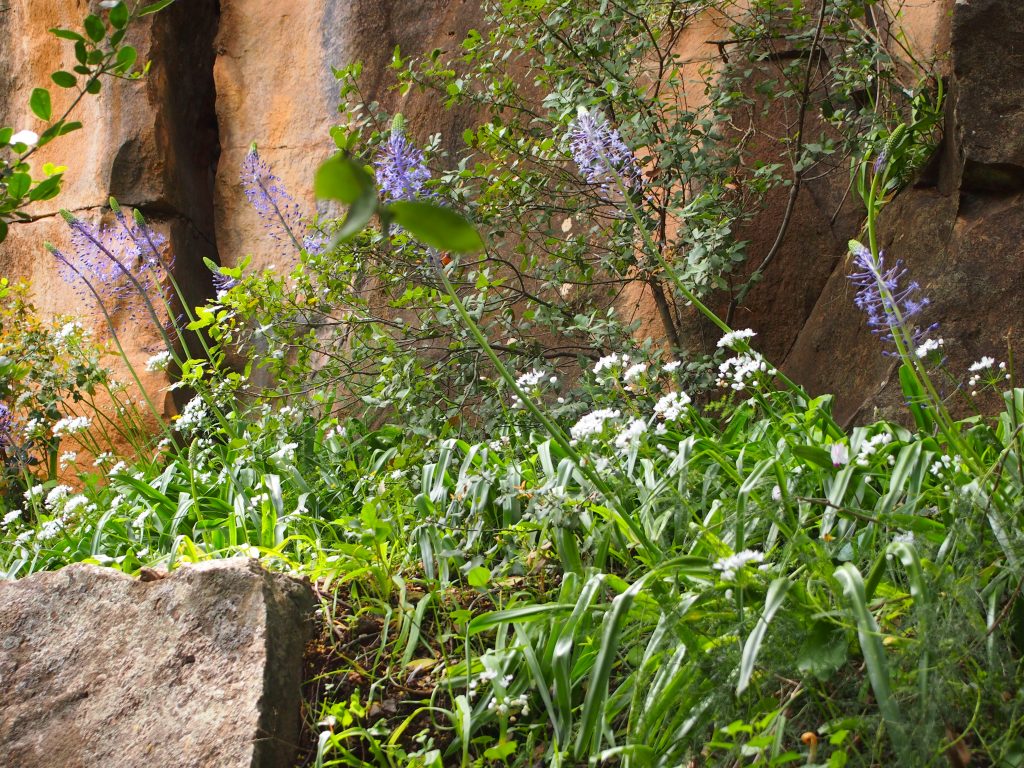

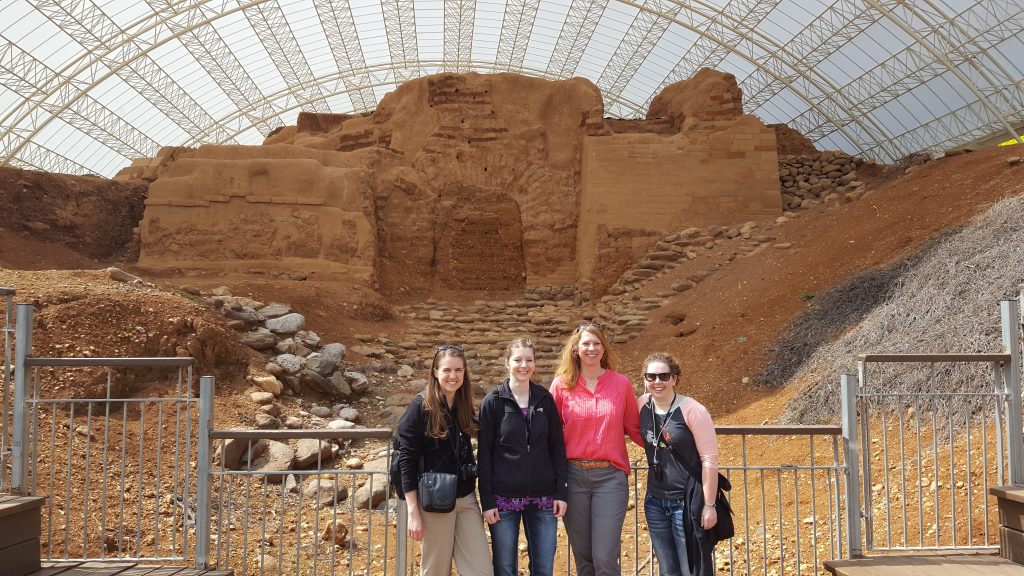
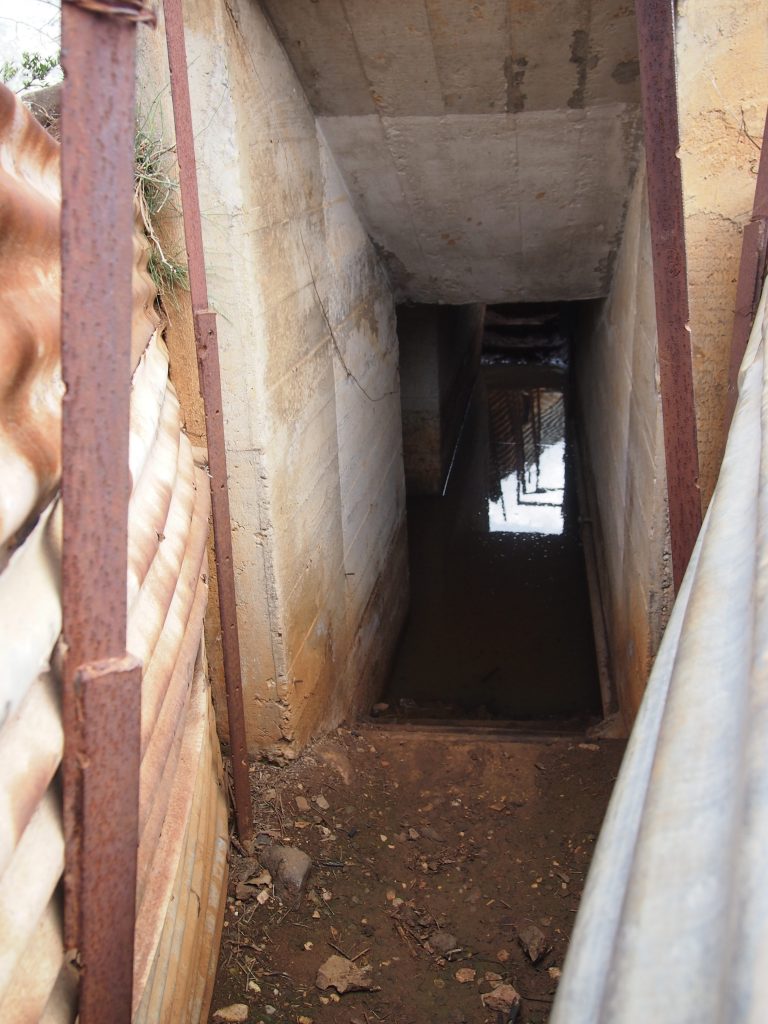
Caesarea Philippi, Banias, Mount Hermon
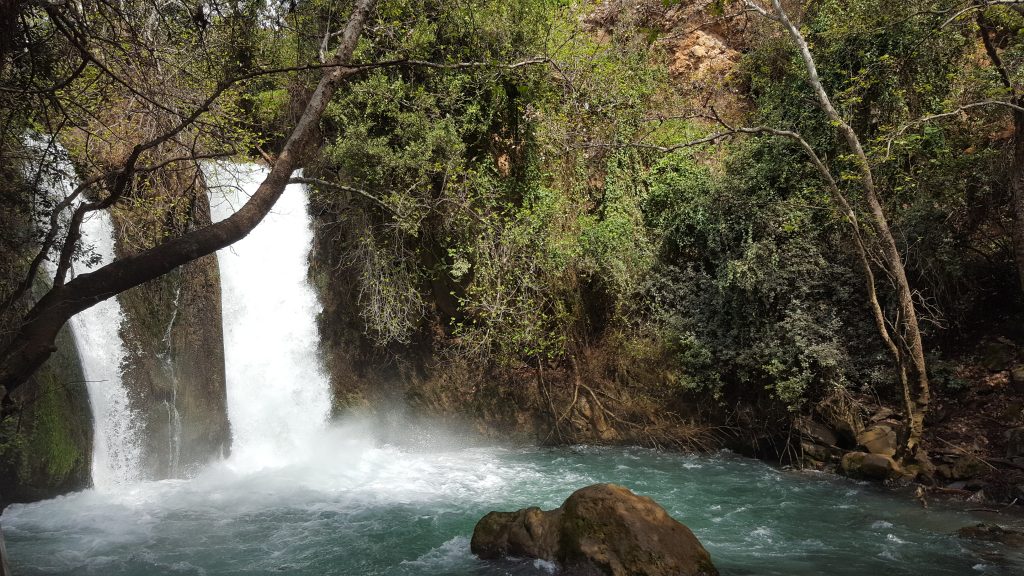
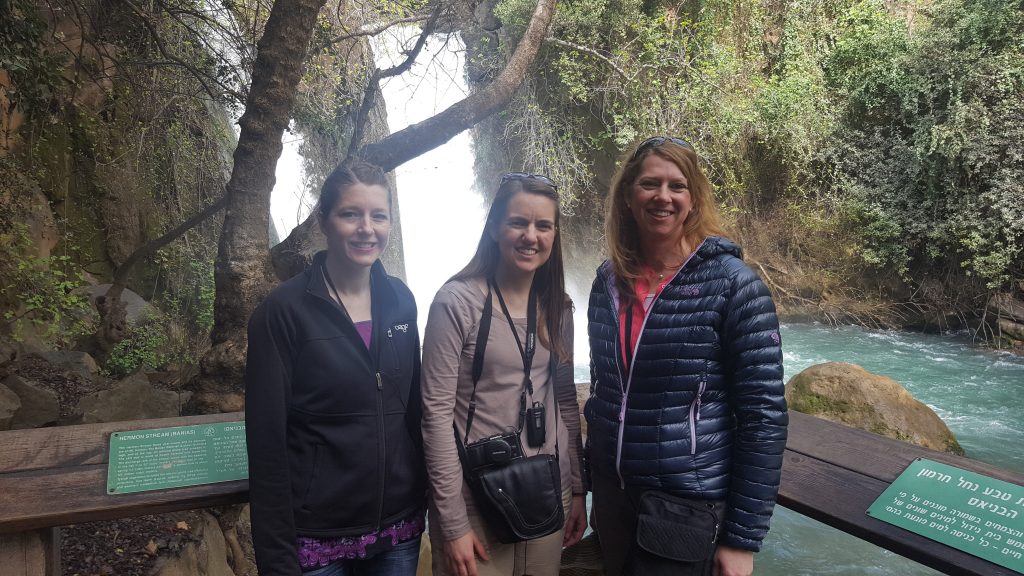
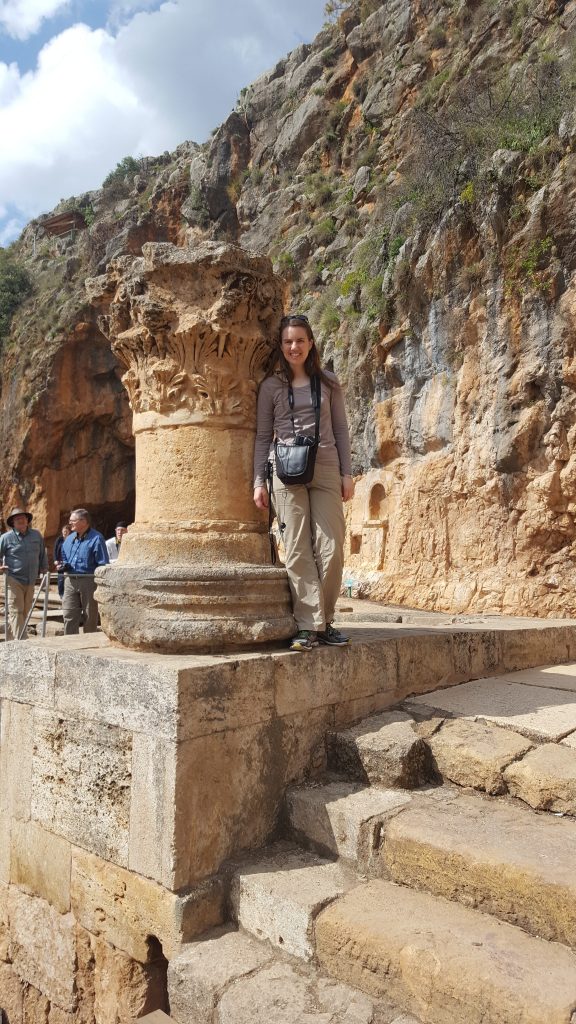
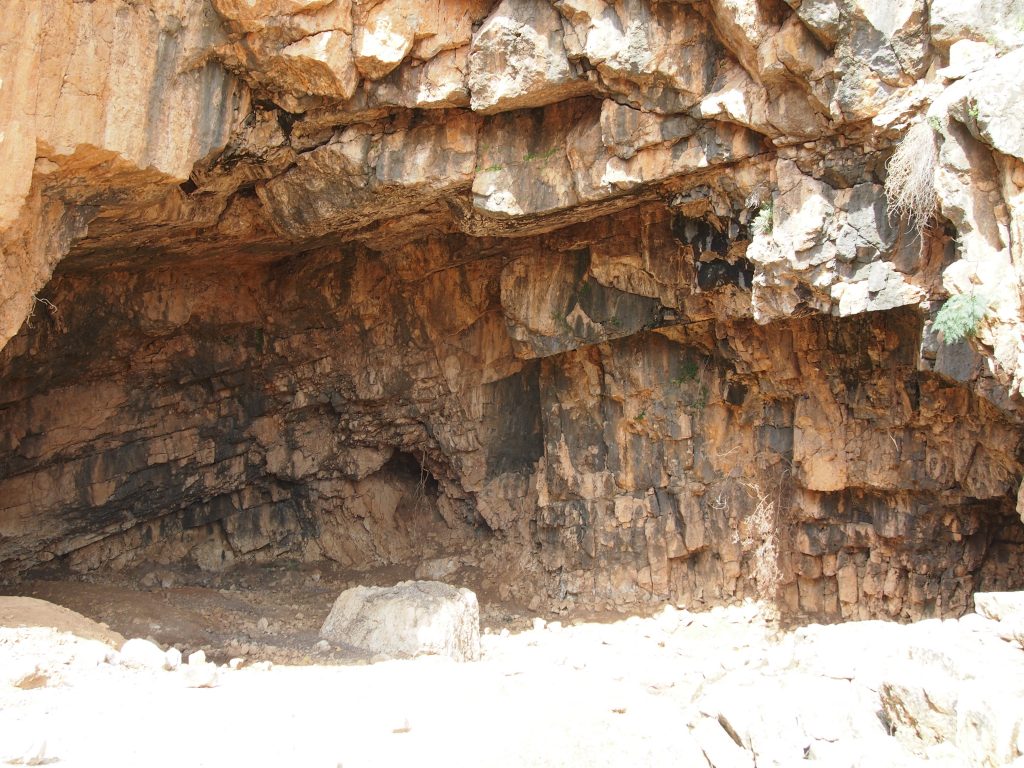
In the New Testament, we read of the Savior being near this area, although he likely did not enter into the city.
Matthew 16:13-19.
Here, the Savior proclaims Peter’s mission.
Christ comes to the “coasts of Caesarea Philippi” which more accurately translated probably means, suburbs, neighborhood, or surrounding area. Mostly because there are no coastlines here, but also mostly because the Greek work meros means “suburbs”.
“He asked his disciples, saying, Whom do men say that I the Son of man am? And they said, Some say that thou art John the Baptist: some, Elias; and others, Jeremias, or one of the prophets. He saith unto them, But whom say ye that I am? And Simon Peter answered and said, Thou art the Christ, the Son of the living God. And Jesus answered and said unto him, Blessed art thou, Simon Bar-jona: for flesh and blood hath not revealed it unto thee, but my Father which is in heaven. And I say unto thee, That thou art Peter, and upon this rock I will build my church; and the gates of hell shall not prevail against it. And I will give unto thee the keys of the kingdom of heaven: and whatsoever thou shalt bind on earth shall be bound in heaven; and whatsoever thou shalt loose on earth shall be loosed in heaven.”
This is the sacred place where Peter was given a sacred charge and the keys of the sealing power. More of my thoughts on Peter will come later, but he is one of my scripture heroes. I love that impetuous as he is, he is the first to speak up and say “Thou art the Christ, the Son of the living God.” Were the others afraid to speak? Or still unsure? Who knows, but he was willing to testify. And Christ, seeing his limitless potential, gave him power, keys, and responsibility.
Matthew 17
Mount Hermon (close by) is also likely the Mount of Transfiguration, as immediately following this experience, “after six days Jesus taketh Peter, James, and John his brother, and bringeth them up into an high mountain apart, and was transfigured before them: and his face did shine as the sun, and his raiment was white as the light. And behold, there appeared unto them Moses and Elias talking with them. Then answered Peter unto Jesus, Lord, it is good for us to be here.”
“Behold, a bright cloud overshadowed them: and behold a voice out of the cloud, which said, This is my beloved Son, in whom I am well pleased; hear ye him.”
Others believe this occurred at Mount Tabor, some distance away, but this is the highest mountain and is also near the previous events. I vote it was here!
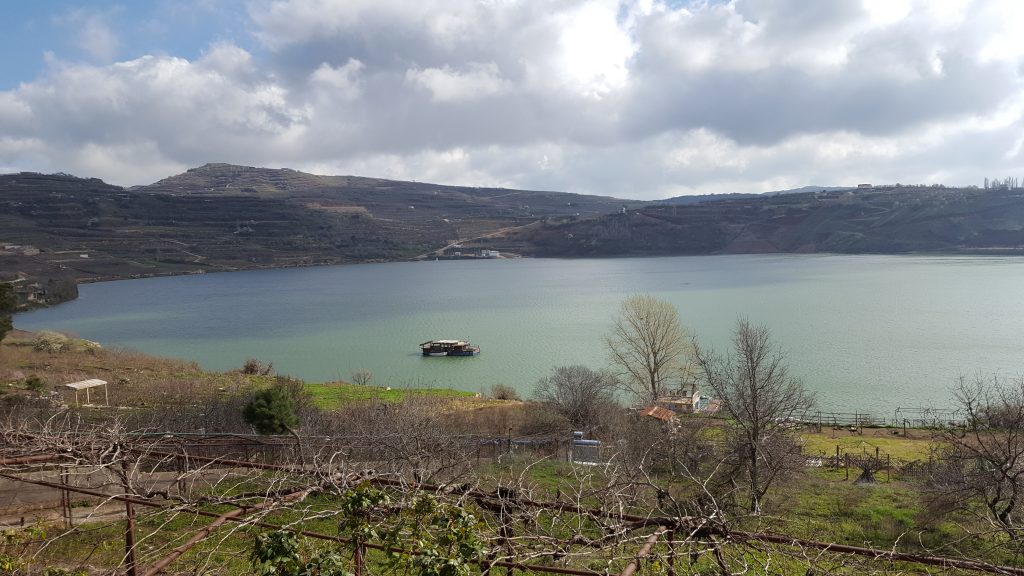
Birkat Ram. A crater lake formed by a dormant volcano. This is believed to be one of the fountains that burst forth to begin the flooding in the days of Noah. This lake is also right by Mount Hermon. The view is from the balcony of the restaurant where we had lunch. It was a Druze restaurant (and we drove by Druze settlements to arrive here). Druze are members of a secret religion which is seen as a mix of many different religions, but is monotheistic. Many have been offered Israeli citizenship but some still don’t take it, so they have a complicated relationship with the government. This area is gorgeous to drive through.
Syria
This area looks over into Syria. It is on the east side of the Golan Heights. It was a little shocking and startling to look over into Lebanon and Syria all in the same day…but especially Syria. It’s been such a conflicted place for so long, and especially lately, of course. The Israelis currently occupy the Golan Heights even though they don’t particularly want to. Some leaders have said they would give the land back to Syria, if they were promised a peace treaty (as the Golan Heights have a great military advantage to firing down into the Galilee). Unfortunately, no peace treaty has ever been reached regardless of who owns the heights, and in between Israel and Syria on this side of the heights is an expanse of UN peacekeeping troops in a demilitarized zone. That is the overly simplified version of the story. Even Wikipedia is difficult to navigate and understand on this one…largely because Israel has also proclaimed things about this area that have not been accepted by other councils or resolutions.
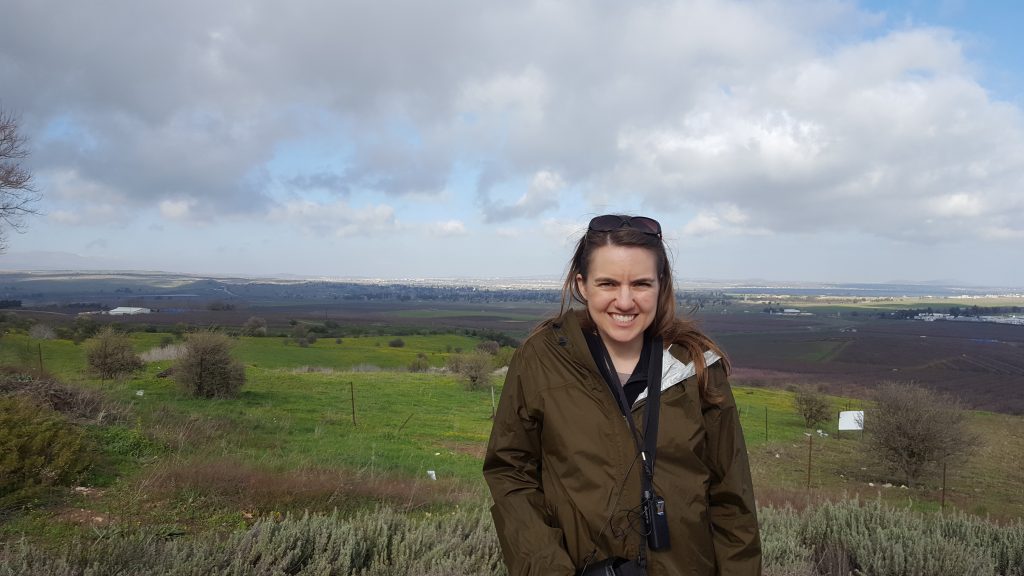
Back to the Galilee
After all of these amazing places, we returned to our Kibbutz on the Sea of Galilee. Garland (tour guide) counseled us to spend some time alone on the shores of the Galilee and contemplate the events of this place.
I spent at least 2 hours on these shores that evening and pored through the gospels of Matthew, Mark, Luke, and John and tried to find every instance of every happening in this area. I realized how much had happened in the Galilee. And I came to understand the Savior’s love for this area. It is beautiful and peaceful. The lake is not necessarily always calm (as evidenced by the raging tempest story) but is it peaceful. I can see why the Savior ministered in this area. I can see why he chose some of his apostles from this area as it must have been a place where humble, faithful people lived and loved and worshiped God. I can see why He sought peace in this area.
Above all the other things I learned and read in this sacred time I spent on the quiet, rolling shores of the Galilee, the greatest was the beginning of a theme that echoed throughout the rest of my trip and which I hope to fully address in a later post. It began with pondering the miracles Christ performed and His power to heal. As I read of those who sought His help, I thought: even that? Yes, He could heal even that. Even him? Yes, He could change even him. Even her? Yes, even her.
Even me? There is always something in our lives we need healing for or from and at the shores of Galilee, I began to seek some healing for some things I didn’t think could be fixed. Even that. Even him. Even her. Even me.
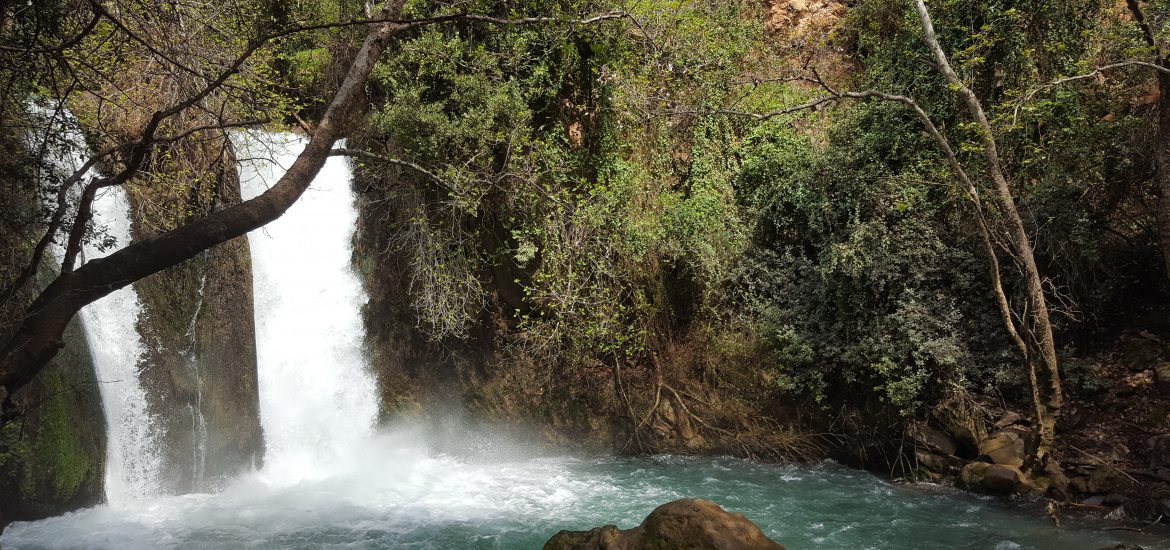
Excellent! Thank you for sharing.